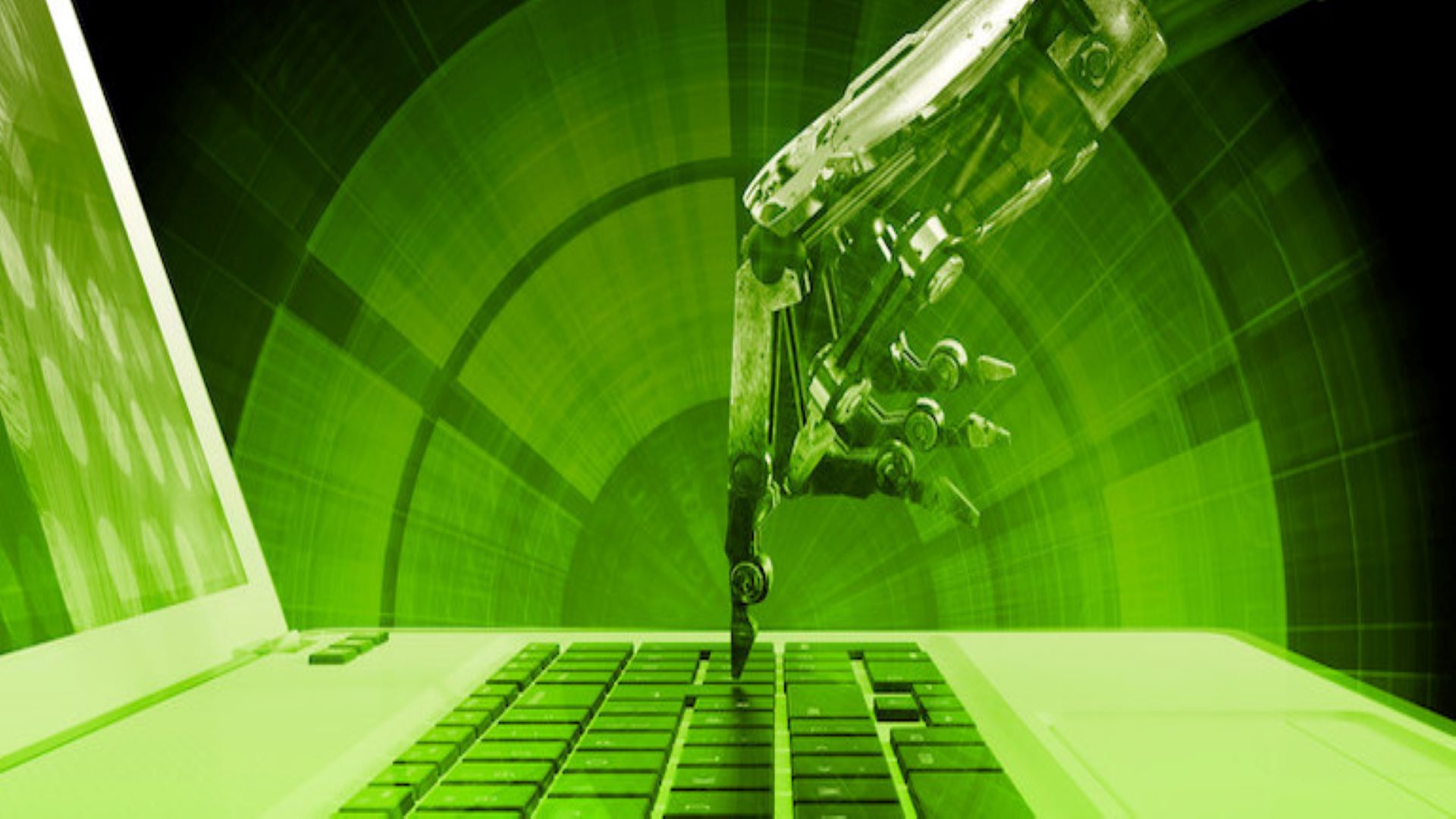
As businesses step up their digital transformation plans in 2022, hyperautomation will escalate from an option to a must-have with organizations across industries rushing to automate as much as possible and improve business resilience and agility. For example, Gartner predicts that by 2024, 75% of governments will have at least three enterprise-wide hyperautomation initiatives launched or in progress.
As companies scramble to keep up with the tidal wave of messages that customers will be sending across a wide range of channels, conversational automation is the next step for the hyperautomation model. Robotic process automation (RPA) and conversational AI offer the perfect technology pairing to drive the next phase of transformation in a digital-first world.
RPA is the Peanut Butter to Conversational AI’s Jelly
Integrating RPA and conversational AI is a game-changer when it comes to automation and improving customer and employee experiences.
RPA automates tasks. Conversational AI automates conversations. Blended together, RPA-enabled intelligent chatbots can access information from siloed and often inaccessible back-office systems and bring them out to the users to handle complex, real-time requests and queries both securely and at scale—two important factors for hyperautomation.
This technology tag team also makes it easier for customers and other untrained users to take advantage of customer service systems and resolve their needs quickly through self-service channels or quick assessment and redirection to a live human agent. This offers customers the convenience of quick and accurate service 24/7 over a variety of channels.
Advancements in natural language understanding (NLU) and natural language processing (NLP) are paving the way for more natural customer-chatbot conversations, where interactions are based on actual words and dialogue instead of hierarchical menus and forms. Chatbots are already one of the top use cases for AI in enterprises, and as users get more comfortable with self-service options, adoption rates expected to double over the next two to five years. AI-based RPA technologies will allow organizations to scale up and manage the increasing data volumes.
Take the mortgage application process, for example. Whereas live agents used to confirm application information with applicants on the phone and then manually add the data into the system to generate and deliver the credit bureau report, today RPA-powered chatbots gather the data and run the applicant’s credit and background check in real-time while the applicant is providing information on their channel of choice, which could range from SMS to chatbot.
Here, RPA and chatbots can work asynchronously: Chatbot-customer interactions trigger the RPA processes. RPA bots work in the background automating all the repetitive manual mouse movements and typing that agents used to manage while the chatbot continues the customer engagement to complete the process more quickly.
Self-Service for Scalability
Today, customers are more sophisticated when it comes to support—they know what they want and how they want to interact with the companies they do business with. AI-powered self-service is one of the rare win-win scenarios where cost savings, flexibility for customers’ channel preferences and improved customer satisfaction and employee experiences all align. According to Gartner, digital self-service channels are expected to become one of the most valuable capabilities for service organizations. The self-service approach enables organizations to deliver on customer expectations for real-time, on-demand support on their preferred channel while improving operational efficiencies and costs.
The combination of RPA and chatbots provides new capabilities for customer-facing self-service by automating processes that typically required a live agent. Instead, we are designing for human-to-machine interactions, teaching RPA-powered smart chatbots to understand and fulfill customer needs with feedback loops for continual performance improvements. RPA technology accelerates automation, while intelligent chatbot technology enables a streamlined self-service experience model. By leveraging the combined automation capabilities of RPA and chatbots, organizations gain a consistent and scalable way to manage higher levels of demand consistently, accurately and with better personalization even during high-volume times.
Insurance companies, for instance, can deploy intelligent chatbots to create a fully digital claims process that empowers customers to manage their claims entirely through the chatbots, eliminating the time-consuming and costly materials printing, mailing and scanning that live agent calls typically required.
A new Generation of Chatbots for Digital-First Customer Experiences
Today’s intelligent chatbots are a far cry from the original chatbot. Whereas chatbot 1.0 was based mostly on FAQ data, RPA-enabled chatbots are transforming customer experiences with advanced NLU and NLP technologies that enable the chatbots to better understand user questions and how to best service and fulfill those needs. The personalized customer interactions and real-time support allow organizations to resolve customer requests quickly and accurately, translating to increased levels of positive customer experiences.
